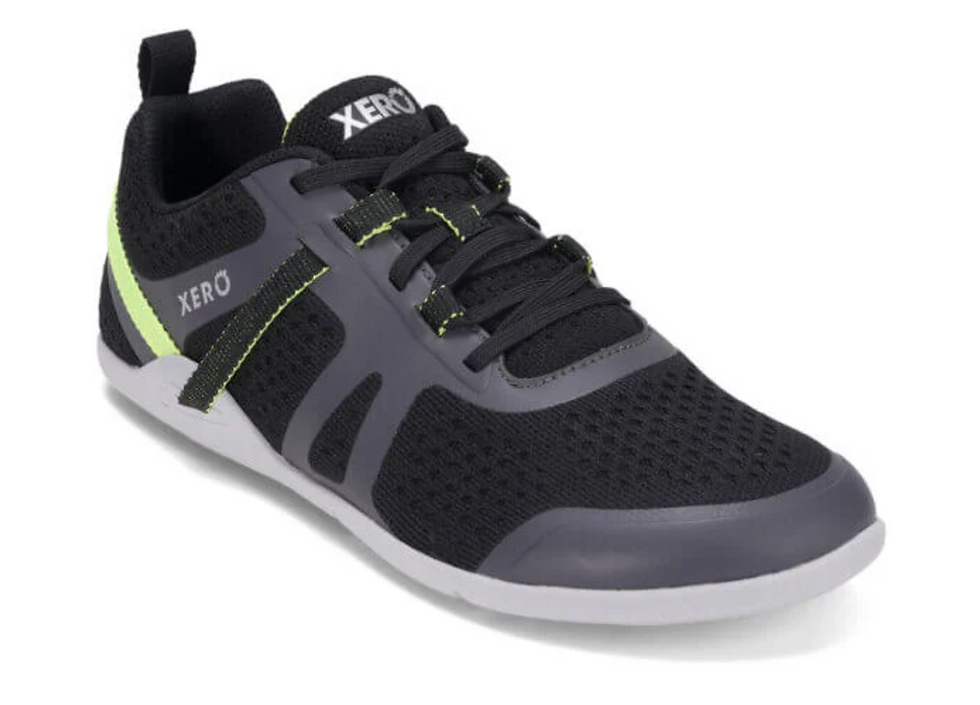SHOES FOR STRENGTH TRAINING
- Doug Rae
- Apr 5
- 3 min read
Updated: Sep 22

BAREFOOT SHOES
One of the most common topics that comes up when weight training is what type of shoes to wear. I’ll save you some reading, my recommendation is barefoot shoes.
There are many different types of shoes out there that are geared towards specific types of activities such as cross training, trail running, track running, Crossfit, olympic lifting, squatting, etc. All these shoes have their advantages and disadvantages, but I chose barefoot shoes as a general use shoe for physical activity because strength training requires a stable base and there is nothing more stable and natural than your bare feet on the ground.
THE PROBLEM WITH MODERN SHOES

In nature, our feet are intended to be able to splay out and move dynamically with the earth's dynamic terrain. Fast forward to modern day and most of our shoes are narrow and squeeze our tows together, creating a new “normal” foot, which is anything but. The consequences of this modern day foot binding is that the general public has weak, unstable feet.

THE PROBLEM WITH RUNNING SHOES
I’m going to pick on running shoes because they are the most common type of footwear at any gym. Running shoes are designed to spring you straight forward while cushioning against the hardened, cement world humans have created. In the context of weight lifting they are not a great choice because they have a narrow toe box, a raised heel, and have a lot of padding underneath, all of which which cause instability.
QUALITIES TO LOOK FOR IN A BAREFOOT SHOE
Thin sole - allows your feet to feel the ground while still providing protection and traction.
Wide toe box - a wide toe box allows your toes to splay out like nature intended.
Zero drop for heel - no height increase from the heel to the toe allows the rest of your body to align more naturally.
No arch support - allows your foot to strengthen and maintain its own arch support without unneeded assistance.
There are many different brands and styles of barefoot shoes on the market, It’s important to understand that just because it says barefoot or minimalist in the name, doesn’t mean it is ideal for strength training. For example, barefoot hiking shoes share many of the same characteristics as most barefoot shoes, but they may have a slightly thicker sole and some additional traction in order to protect you from sharp rocks or whatever else you might step on while out on the trail. While this is great for that application, for strength training, we want a very thin sole with a less aggressive pattern in order to maximize our feel of the ground.
MY FAVORITE BAREFOOT SHOES FOR STRENGTH TRAINING
STEP INTO STRENGTH
When it comes to strength training, your footwear matters more than you think. Choosing barefoot shoes helps restore natural foot mechanics, improve stability, and build a stronger foundation from the ground up. Ditch the squishy running shoes and make the switch to something that actually supports your strength goals. Want help optimizing your training setup from the ground up? Book a session with me and let’s build strength from the feet up.



